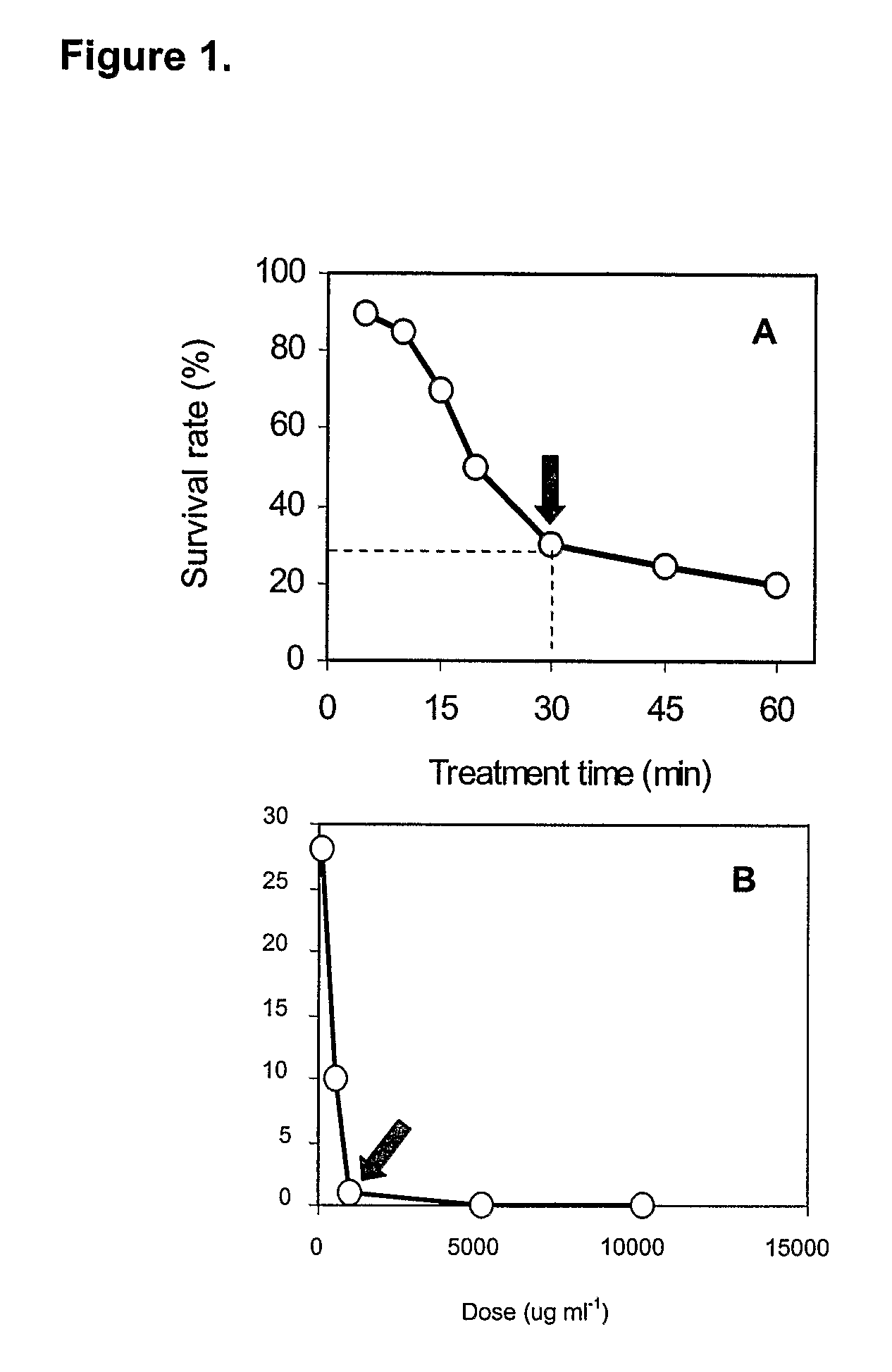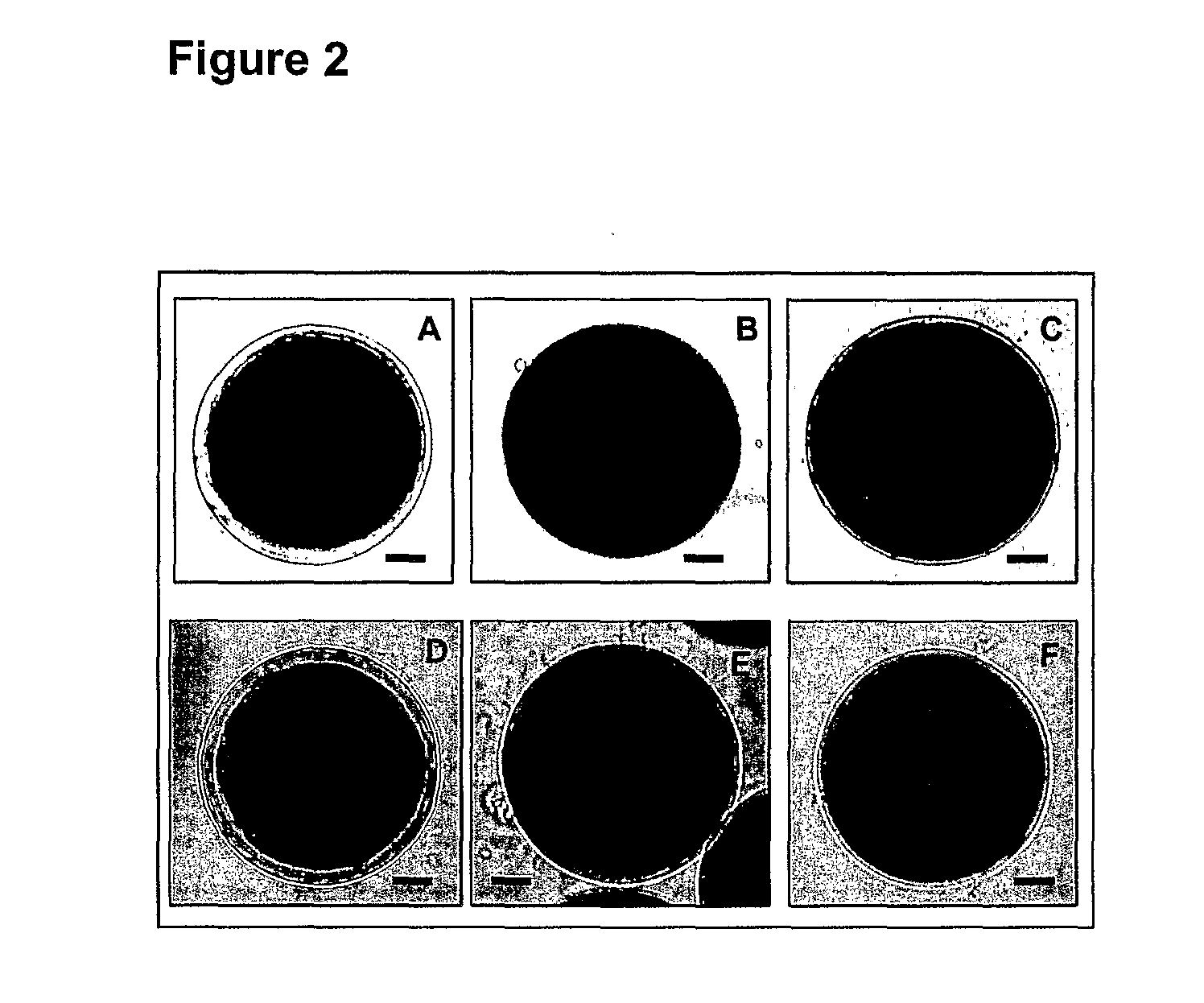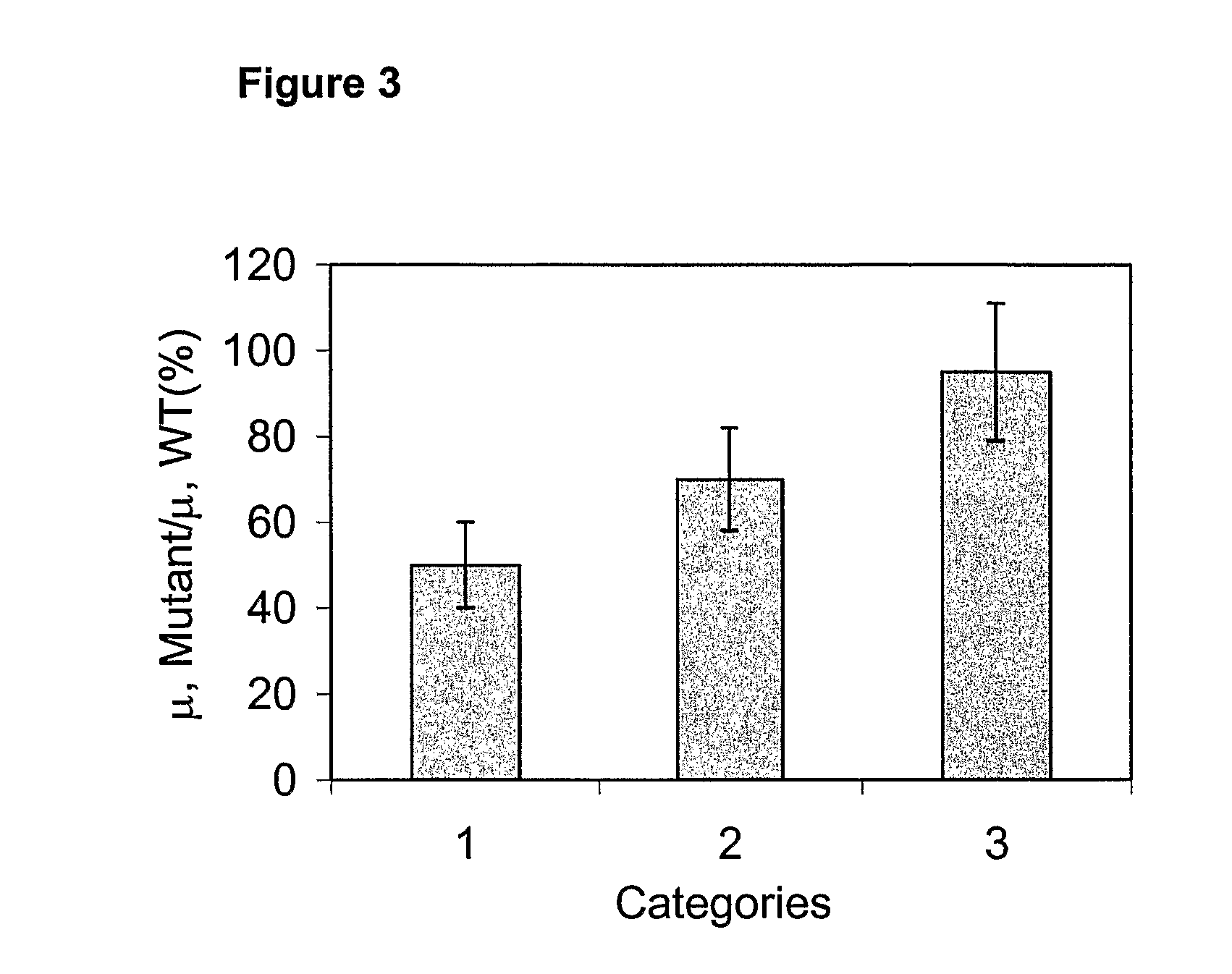Extractability and Bioavailability of the Natural Antioxidant Astaxanthin From a Green Alga, Haematococcus Pluvialis
a technology green alga, which is applied in the field of extractability and bioavailability of natural antioxidant astaxanthin from green alga, haematococcus pluvialis, can solve the problems of reducing the bioavailability of astaxanthin for human and animal consumers, inefficient or expensive processes, and the risk of atmospheric oxidation and degradation of astaxanthin, so as to improve the extraction bioavailability and extractability
- Summary
- Abstract
- Description
- Claims
- Application Information
AI Technical Summary
Benefits of technology
Problems solved by technology
Method used
Image
Examples
Embodiment Construction
1). Effects Of MNNG Dose And Treatment Time On The Survival Rate Of Haematococcus
[0017]Cell suspension at a concentration of 2×105 cells mL−1 were treated with 100 μg mL−1 MNNG for 5, 10, 15, 20, 30, 45, and 60 min, respectively. Formation of mutant colonies, if any, occurred on agar plates two weeks after MNNG treatment, and cell survival rates were calculated accordingly. As shown in FIG. 1A, treating cells with 100 μg mL−1 MNNG for 5 or 10 min did not cause significant cell death. Considerable cell death occurred in the 15 min treatment group, resulting in ca. 70% survival rate. Dramatic decrease in survival rate (<30%) was observed in 30-min treatment group. Further increase in treatment time to 60 min did not result in proportional decrease in survival rate, and the rate was around 20%. As such, a 30-min time frame for mutagenesis treatment was chosen for mutagen dosage assessment.
[0018]In order to achieve low survival rates of 1˜5%, or high mortality (over 95% or even 99%), a...
PUM
| Property | Measurement | Unit |
|---|---|---|
| concentration | aaaaa | aaaaa |
| diameter | aaaaa | aaaaa |
| diameter | aaaaa | aaaaa |
Abstract
Description
Claims
Application Information
 Login to View More
Login to View More - R&D
- Intellectual Property
- Life Sciences
- Materials
- Tech Scout
- Unparalleled Data Quality
- Higher Quality Content
- 60% Fewer Hallucinations
Browse by: Latest US Patents, China's latest patents, Technical Efficacy Thesaurus, Application Domain, Technology Topic, Popular Technical Reports.
© 2025 PatSnap. All rights reserved.Legal|Privacy policy|Modern Slavery Act Transparency Statement|Sitemap|About US| Contact US: help@patsnap.com



